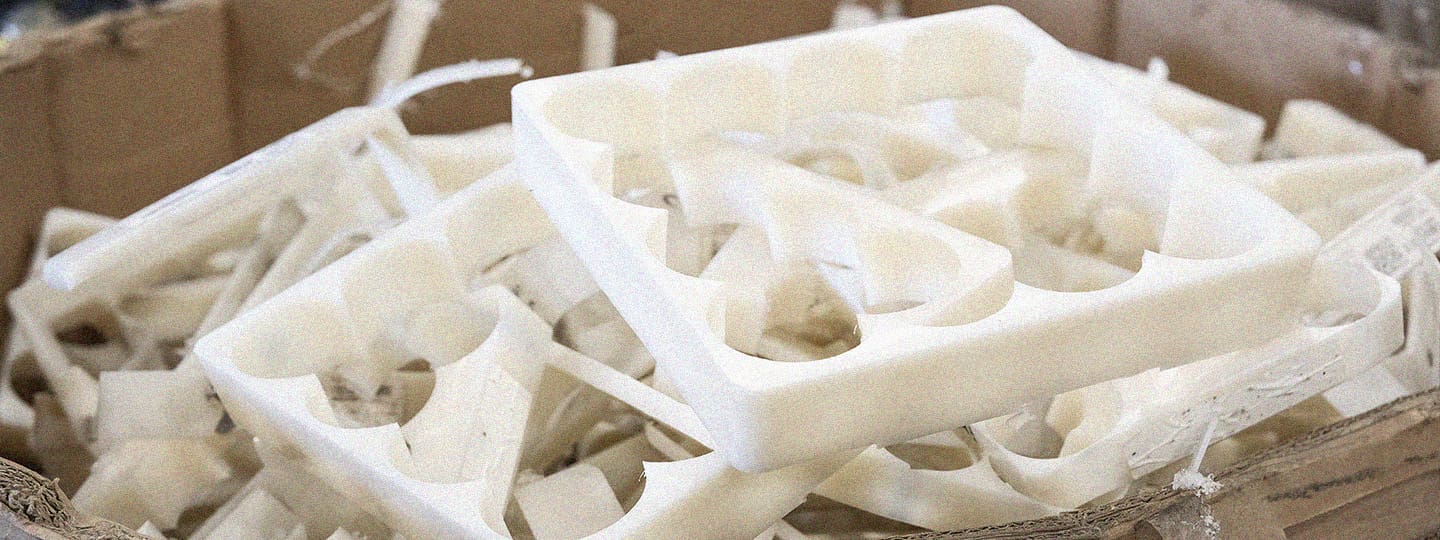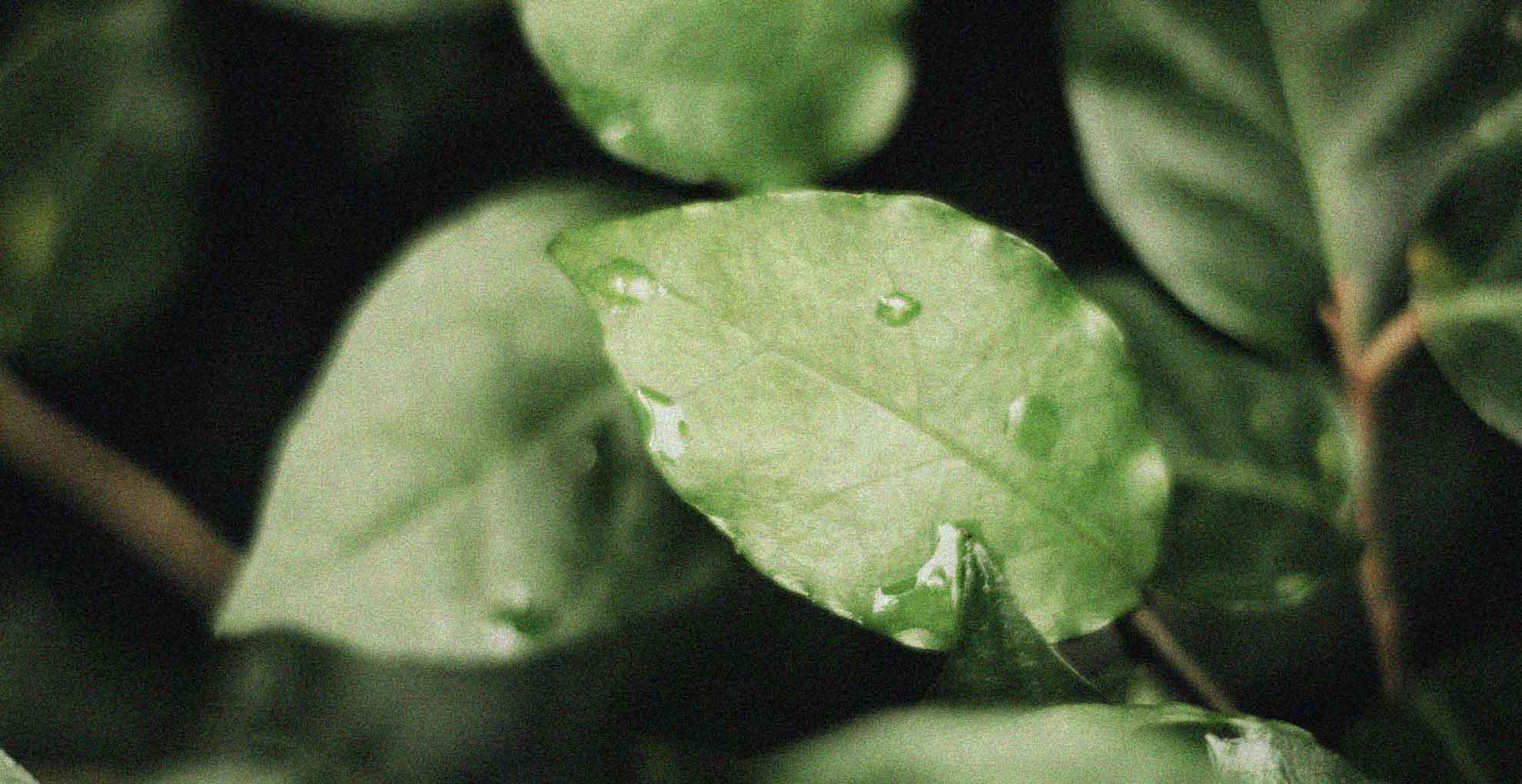Did you know that the average American eats about a credit card-sized amount of plastic every single week? Not exactly appealing, is it?
Microplastics are synthetic particles with at least three dimensions up to 5 millimeters in diameter, and they are pervasive and persistent global pollutants. In California, microplastics have been found in vital marine ecosystems, including Monterey Bay, San Francisco Bay, the Greater Farallones National Marine Sanctuary, Lake Tahoe, and Southern California waterways. Scientists have found microplastics nearly everywhere they have looked, including in our food supply and human placenta. This is one of the consequences of our global plastic pollution crisis—devalued plastics are discarded and escape into our natural environment. They increasingly break down into smaller and smaller particles: microplastics.
Now, California is taking action to combat microplastics. Last month, the California Ocean Protection Council (COPC) released the very first comprehensive microplastics strategy in the nation. The Statewide Microplastics Strategy includes a robust set of recommendations that the state could adopt now and in the coming years to address microplastics in the environment and research recommendations to further scientific understanding of how to solve this complex challenge. Reducing microplastics in our environment is imperative to solving the global plastic pollution crisis and protecting human health and our oceans. We applaud the California Ocean Protection Council for its thoughtful and holistic strategy and research recommendations. We urge the California legislature and local governments to adopt the recommendations outlined in the plan swiftly.
The COPC’s strategy and research recommendations are fantastic, and I encourage you to explore them further, then contact your state representatives to encourage their formal adoption as well.
If you’re feeling empowered to take action on microplastics today, here are some ideas to get you started:
- Catch microplastics in your washing machine. Wash your synthetic clothing in a washing bag that will catch and prevent them from escaping down the drain, or add a specialized filter to your washing machine that will catch microplastics.
- Avoid purchasing single-use plastics. Yes, we are a plastic recycling company discouraging single-use plastics. Doesn’t this run in opposition to our business model, you say? No, because Brightmark focuses on recycling traditionally difficult or impossible-to-recycle plastics like children’s car seats and boat shrink wrap that don’t yet have alternatives for their use and disposal.
- Pick up plastic pollution everywhere, all the time. Be mindful when walking down the street and aim to pick up and properly dispose of plastic litter wherever you see it. One plastic bottle can break down into more than one trillion microplastics—every single effort matters.
While we know that individual actions are no substitute for the policy changes needed to tackle complex environmental issues, there’s no downside to doing what we can to help. Even today, we can start to combat microplastics in the decisions we make in our daily lives. There is no time to waste.





